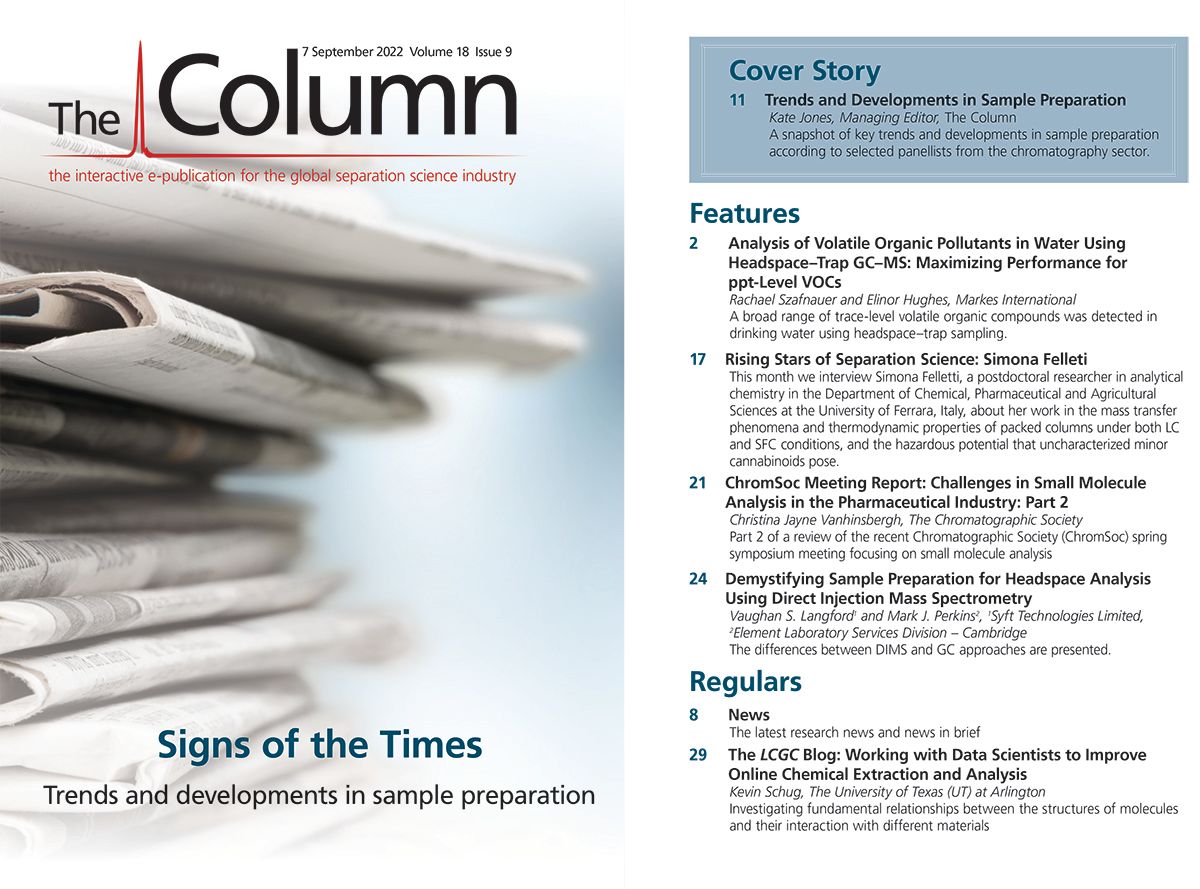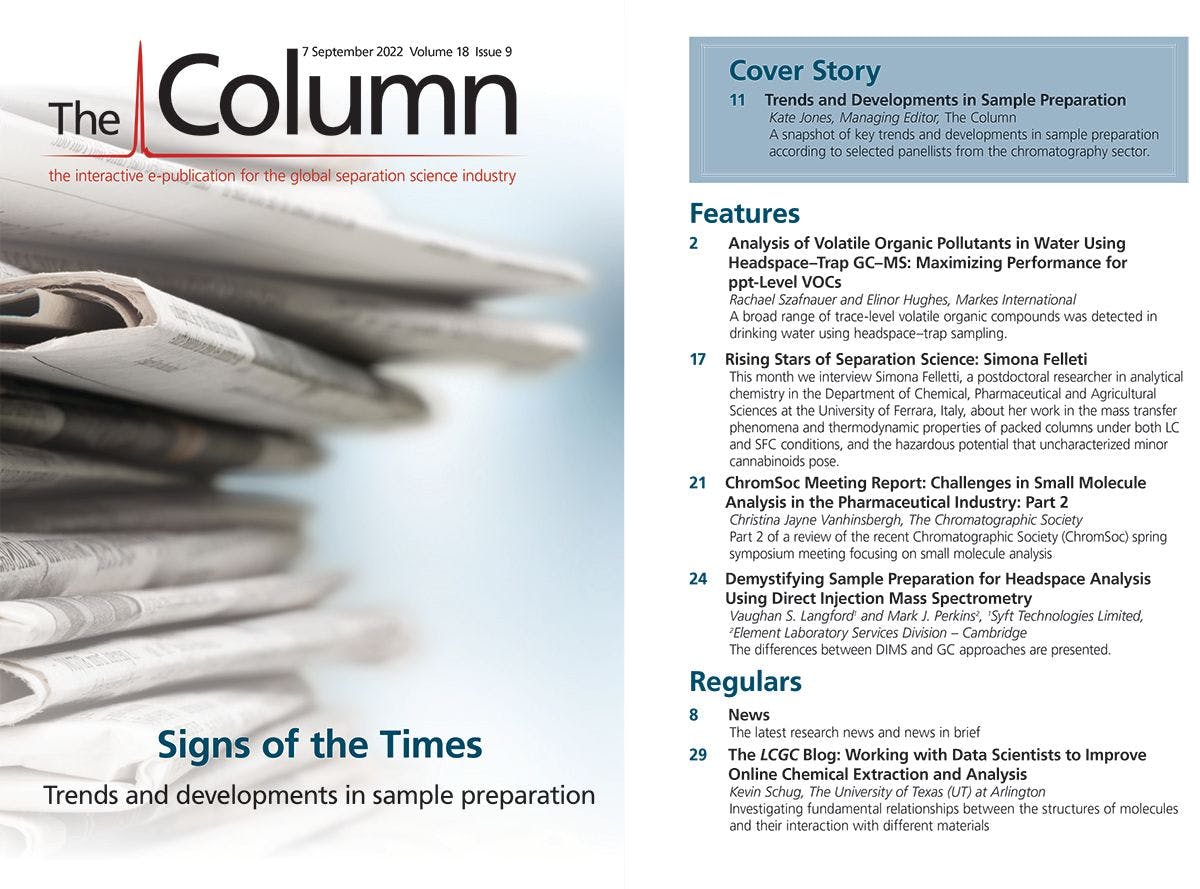Oliver Jones Receives 2022 Barry Inglis Medal
Oliver Jones has been awarded the 2022 Barry Inglis Medal for his extended and careful development of analytical measurement techniques at the recent National Measurement Institute’s (NMI) 2022 Metrology Awards.
Oliver Jones, Professor at the Royal Melbourne Institute of Technology (RMIT), has been awarded the 2022 Barry Inglis Medal for his extended and careful development of analytical measurement techniques at the recent National Measurement Institute’s (NMI) 2022 Metrology Awards.
The prestigious Barry Inglis Medal recognizes outstanding measurement-related achievements in Australia or by Australians. Bruce Warrington, NMI’s CEO and Chief Metrologist, and Cathy Foley, Australia’s Chief Scientist, announced the winners at a special event for National Science Week.
Jones’s research has applied several measurement innovations across a range of fields, including environmental monitoring for chemicals of concern, and metabolomics.
“Professor Jones’s work is an excellent example of the illustrious achievements the Barry Inglis Medal is intended to recognize. His leadership, collaborations, contribution to professional bodies, and commitment to science communication are notable,” said Warrington.
For more information, please visit:
www.industry.gov.au/policies-and-initiatives/national-measurement-institute

Removing Double-Stranded RNA Impurities Using Chromatography
April 8th 2025Researchers from Agency for Science, Technology and Research in Singapore recently published a review article exploring how chromatography can be used to remove double-stranded RNA impurities during mRNA therapeutics production.
The Effect of Time and Tide On PFAS Concentrations in Estuaries
April 8th 2025Oliver Jones and Navneet Singh from RMIT University, Melbourne, Australia discuss a recent study they conducted to investigate the relationship between tidal cycles and PFAS concentrations in estuarine systems, and offer practical advice on the sample preparation and LC–MS/MS techniques they used to achieve the best results.
















